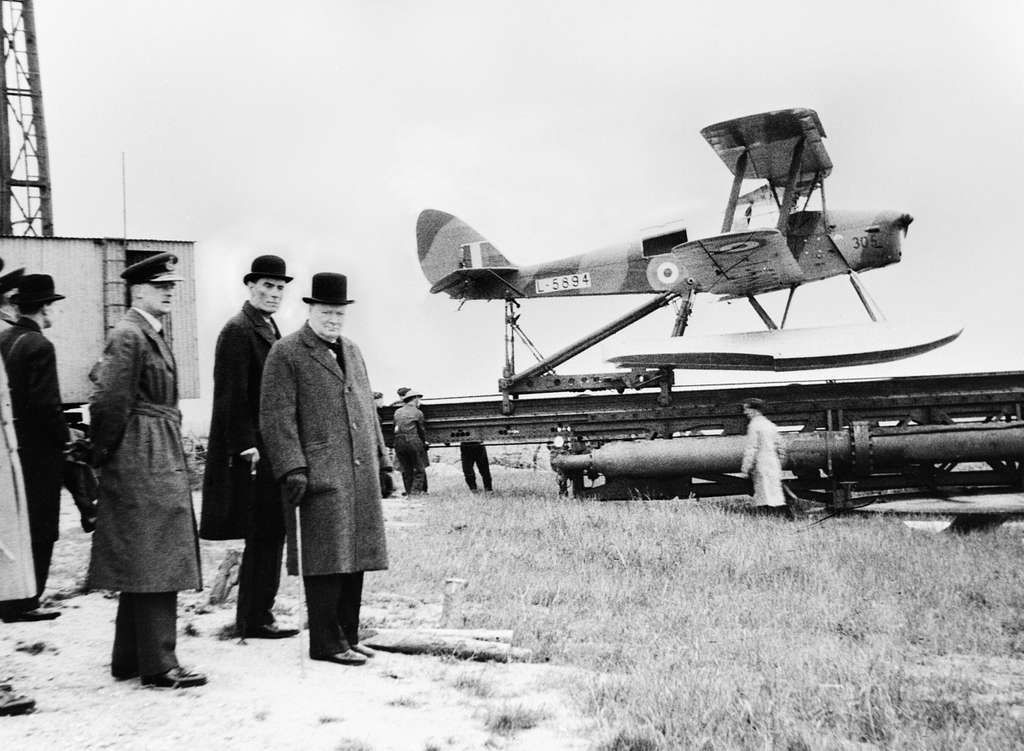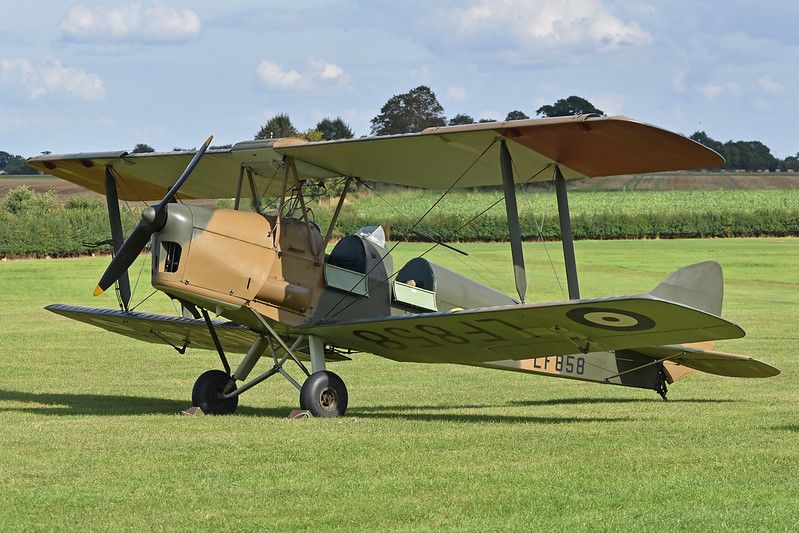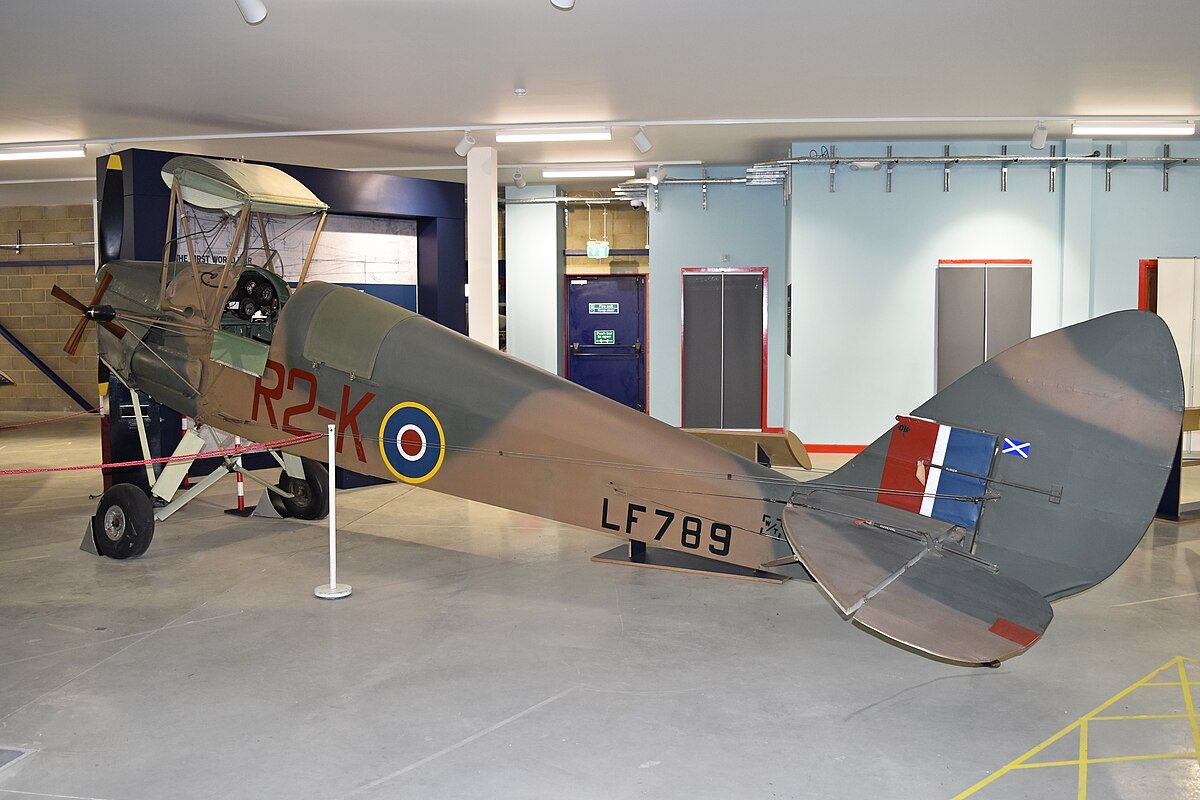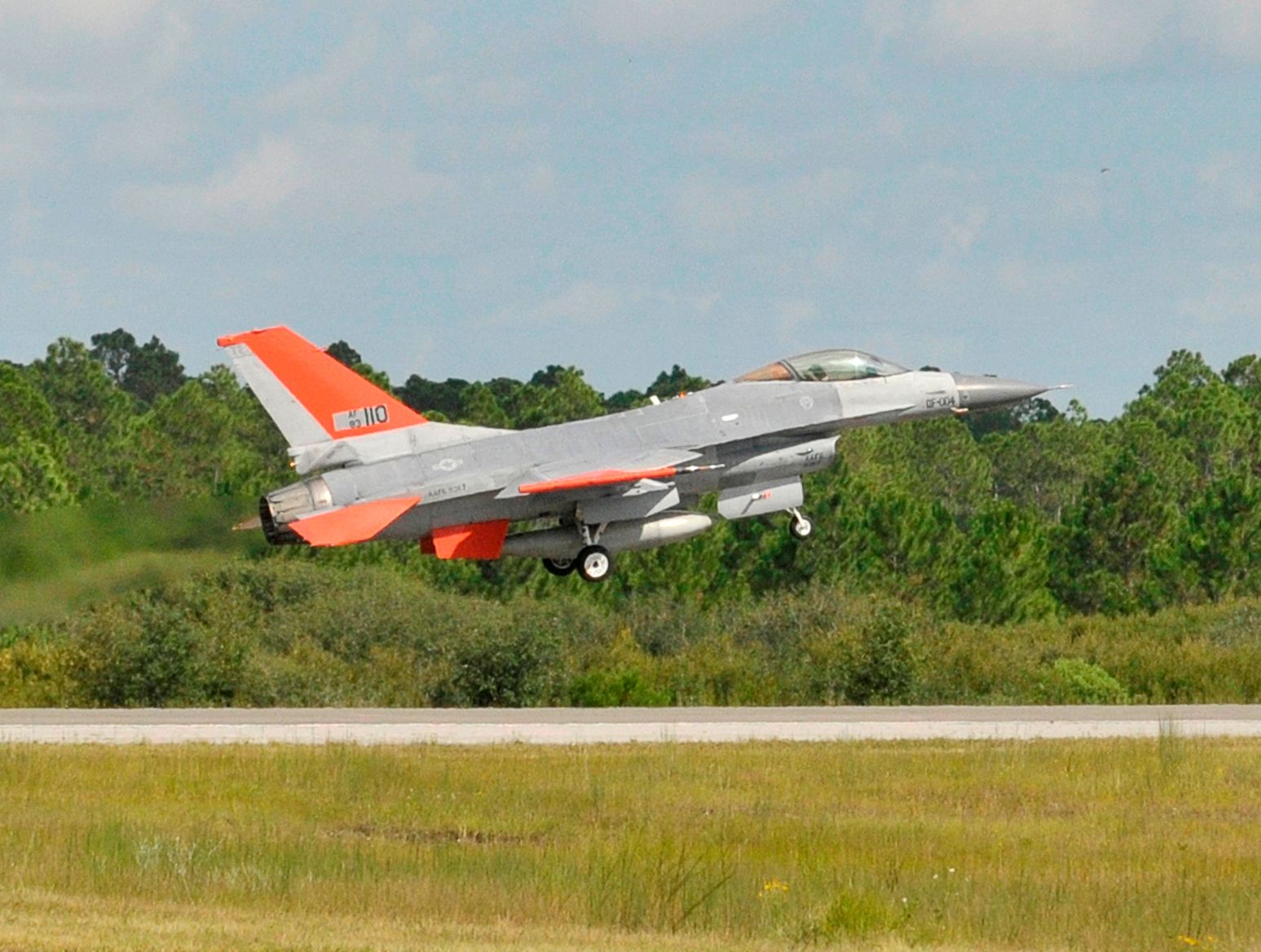Summary
- Queen Bee was an early drone used as a pilotless, radio-controlled target aircraft.
- Queen Bee helped provide anti-aircraft gunnery training on realistic targets.
- The use of the term “drone” for UAV originated from the Queen Bee, inspiring early radio-controlled aircraft development.
The de Havilland DH82 Tiger Moth was an interwar British trainer biplane. It was developed into an early WW2 drone called the Queen Bee. The Queen Bee first flew in 1935 but this wasn’t even the first drone built by the British. The British built the world’s first drone (a small radio-controlled aircraft) in 1917 during WW1, called the Aerial Target. Aircraft like the Tiger Moth and its Queen Bee drone variant are overshadowed by the more iconic aircraft of World War II (such as the Spitfire and Messerschmitts). The British made many excellent fighter aircraft in World War II (the RAF was perhaps the leading force that crushed the German Luftwaffe).
Queen Bee: an early drone aerial target
The Tiger Moth first flew on 26 October 1931 and entered RAF service a few months later. It was later developed into the DH.82 Queen Bee – a low-cost radio-controlled target aircraft or drone. It used the engines, undercarriage, tailplane, and other parts of a Tiger Moth. But instead of using the Tiger Moth’s fabric-covered metal frame fuselage, it used a wooden fuselage. The wooden fuselage made it cheaper and more buoyant if it landed in the water.
The de Havilland Aircraft Museum states: “The enclosed rear cockpit position was equipped with RAE radio-control gear including pneumatically-operated servo units linked to the aircraft rudder and elevator controls. A four-bladed wooden windmill in the propeller slipstream on the fuselage port side drove an air-pump to provide compressed air for the gyro unit and servos.”
|
Queen Bee Operational History: |
|
|---|---|
|
First flight: |
1935 |
|
Operators: |
RAF & Royal Navy Fleet Air Arm |
|
Number built: |
over 380 (operated by the Fleet Air Arm and RAF) |
The Queen Bee was used for realistic anti-aircraft (AA) gunnery training. The plan was not to actually shoot the Queen Bee down. Instead, the trainers would offset their aim, and the controller would try to recover the aircraft for later use. In practice, the Queen Bee could be manned or unmanned, as it retained its normal front cockpit for test-flying and ferry flights.
The Royal Navy’s Fleet Air Arm and the Royal Air Force (RAF) operated over 380 Queen Bees. In all, around 320 of these drones were built at Hatfield in England, and another 60 were built by Scottish Aviation at Prestwick. The exact numbers produced are unknown as many were destroyed before they received records or registration.
|
DH82 Queen Bee Specifications |
|
|---|---|
|
Engine: |
130 hp de Havilland Gipsy Major 1 |
|
Wing Span: |
29 feet 4 inches |
|
Range: |
300 miles |
|
Max Speed: |
104 mph |
|
Service ceiling: |
14,000 feet |
Only two are now left in the United Kingdom. One Queen Bee, built in 1943 in Scotland, is on display at the de Havilland Aircraft Museum. It flew at least three times for the British Army guns. It was acquired in 1986 and later restored to its original colors and markings. It is not airworthy, and its engine is a shell only.
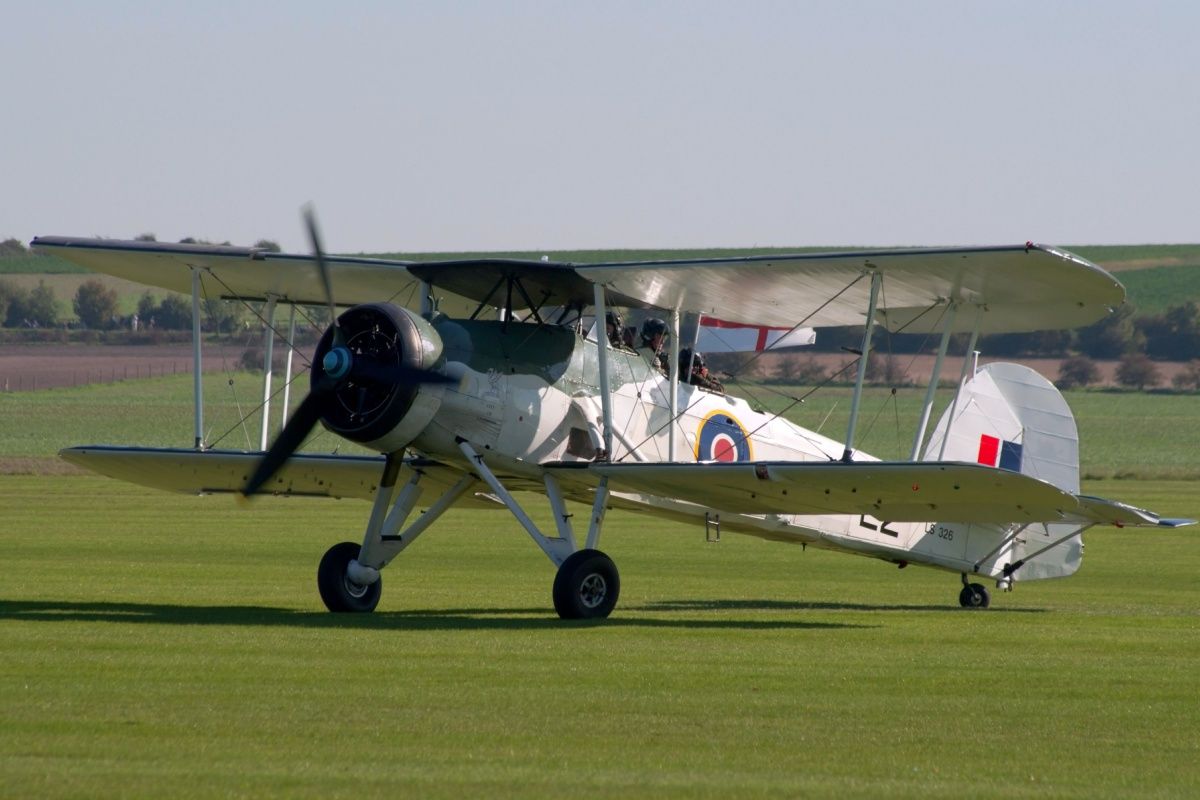
Related
Biplane Bomber: 5 Fast Facts About The Fairey Swordfish
The Fairey Swordfish was one of World War Two’s most successful naval aircraft despite being a biplane.
Queen Bee and her drone
According to the Wall Street Journal, the use of the word “drone” to mean a UAV comes from this exact aircraft. In 1935, US Admiral William H. Standley went to Britain and saw a demonstration of the Royal Navy’s new Queen Bee being remotely operated for target practice. He then returned to the United States and charged Commander Delmer Fahrney to build an American counterpart for the US Navy.
The story goes on to say that Fahrney chose the name “drone” (aka male bee) in homage to the earlier British Queen Bee. “Drones” are the male bees that accompany the queen bees. Thus, the word began to be used for early radio-controlled aircraft, and as the US entered the war a few years later, they stepped up their production of target and assault “drones.” One early American drone was called the Target Drone Denny 1 (TDD-1).
de Havilland DH82 Tiger Moth
The Royal Air Force Museum claims the Tiger Moth biplane is “arguably the world’s most famous training aircraft.” The DH82 Tiger Moth was one of the final versions of the successful interwar Moth family of biplanes (the lineage began in 1925 with the DH60 Cirrus Moth). It was mostly used as a primary trainer aircraft, and in WWII, it found other roles such as maritime surveillance and armed light bombers.
Tiger Moths had a full production run of over 8,800 aircraft (with over 4,000 built in the war years). Variants were also built in Canada, where 1,548 aircraft were built along with another 200 Tiger Moths specifically for the US Army Air Force under a ‘Lend-Lease’ scheme with Canada. Another thousand were built in Australia, with dozens or hundreds more built (or assembled) in other countries like New Zealand. They were officially retired from use in the UK in 1959.
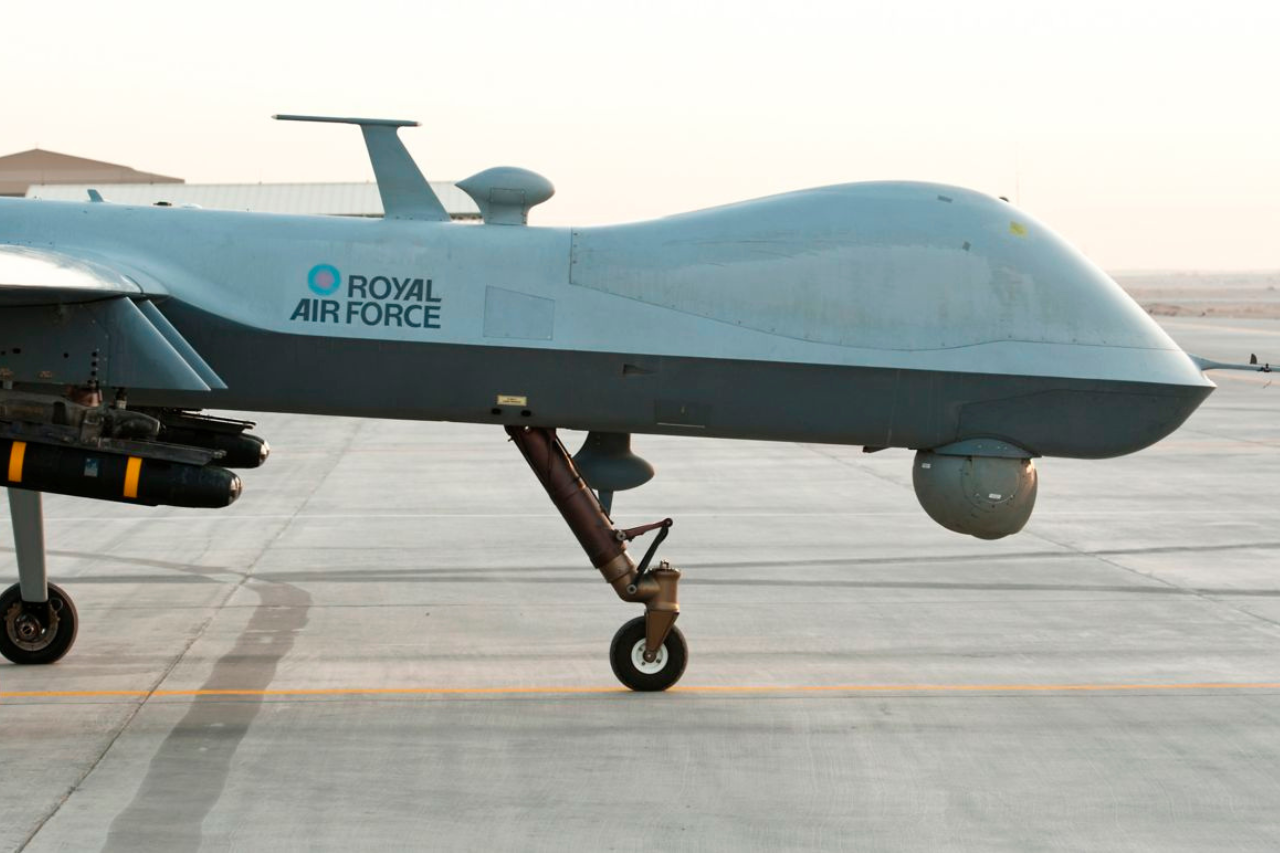
Related
The Fleet Of The UK’s Royal Air Force In 2024
The RAF’s fleet currently consists of 21 types of airplanes and helicopters
Modern fighter jet target drones
Photo: US Air Force
Today, even some venerable F-16s end their lives as target practice drones. According to Military Aerospace Electronics, some retired F-16s are being converted into sophisticated manned and unmanned target drones. Some are unmanned QF-16 full-scale aerial targets (FSATs). The F-16 joins a growing list of retired Air Force fighters converted to target drones over the years (including F-100s, F-102s, F-104s, F-106s, and F-4s).


